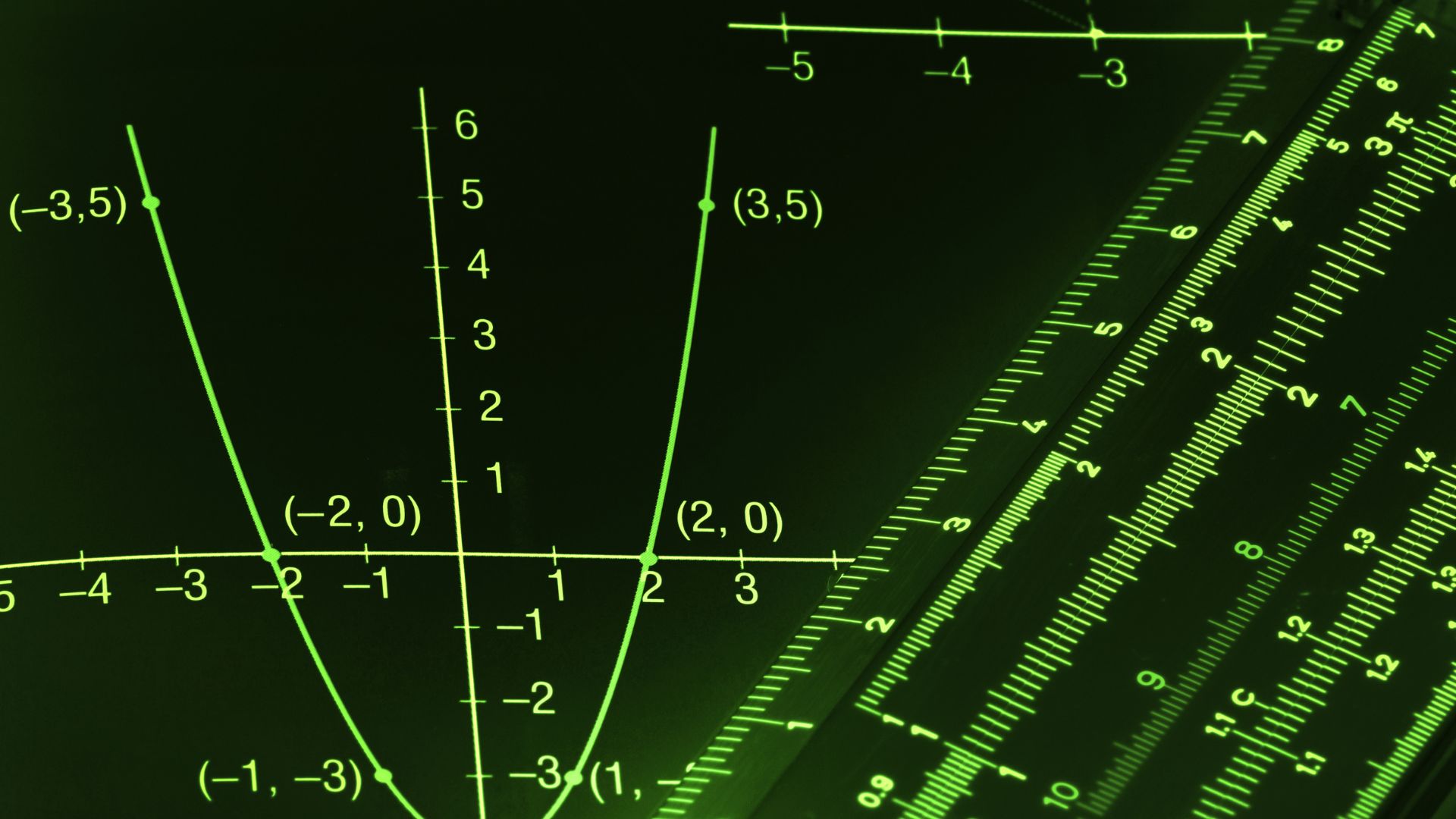The Role of Mathematics in Cybersecurity: Safeguarding Digital Assets with Cryptography

In the digital age, cybersecurity is paramount, and mathematics is at the heart of protecting our digital assets. Cryptography, the science of encoding and decoding information, relies heavily on mathematical principles to ensure data security and privacy.

One of the fundamental concepts in cryptography is the use of prime numbers and modular arithmetic. Techniques such as the RSA algorithm leverage the difficulty of factoring large prime numbers to create secure encryption keys. This method ensures that only those with the correct key can access the encrypted information, safeguarding it from unauthorized access.

Elliptic curve cryptography (ECC) is another powerful tool in the cybersecurity arsenal. By employing the mathematics of elliptic curves, ECC provides robust security with smaller key sizes, making it efficient for use in constrained environments like mobile devices and IoT gadgets.

Hash functions, which transform data into fixed-size values, are crucial for verifying data integrity. Mathematical functions like SHA-256 generate unique hashes for any input data, making it easy to detect even the slightest alteration. This ensures that the data remains unchanged during transmission and storage.

Mathematics also underpins protocols like Diffie-Hellman key exchange, which allows secure communication over public channels. By using mathematical functions to exchange cryptographic keys, parties can establish a secure connection without the risk of interception.
.




